A trailblazer of late 18th century industrial architecture, the Tabacco and Snuff factory finally ended production in 2000, was boarded up and abandoned.
Three years later, Spain’s Ministry of Culture took it over and opened it up as a cultural space for community art projects in the heart of Lavapies, one of Madrid’s most multicultural and diverse neighbourhoods.
READ ALSO: The real reason why this Madrid barrio is the world's 'coolest neighbourhood
But when the crisis hit and funding ran dry, a planned revamp was put on hold and the Culture Ministry handed the administration of the building over to the local community.
The building now contains a maze of art studios and cultural work spaces where exhibitions, workshops and concerts showcasing local talent are put on each week.
The place is home to a vibrant artistic community as well as being open to the public.
A visit to La Tabacalera is most definitely worth including as a highlight to Madrid’s artistic scene.
Check out these photos by Lynn Spreadbury on a recent visit with Madrid No Frills exploring the amazing street art on every wall.
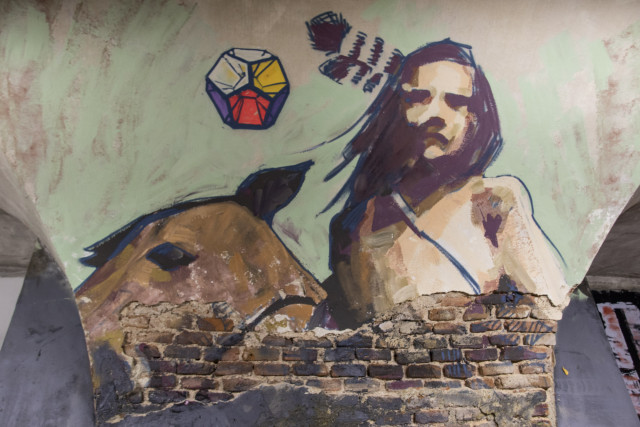
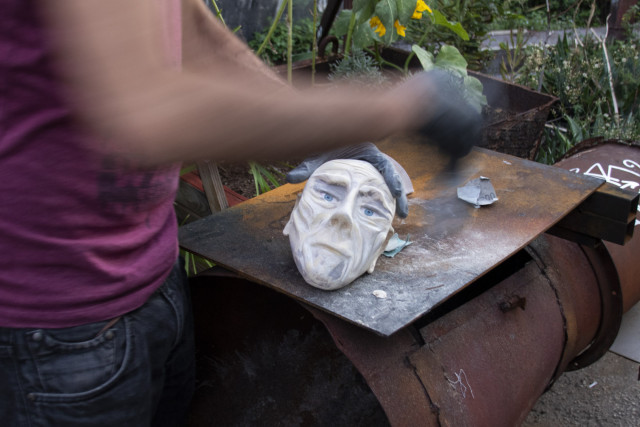
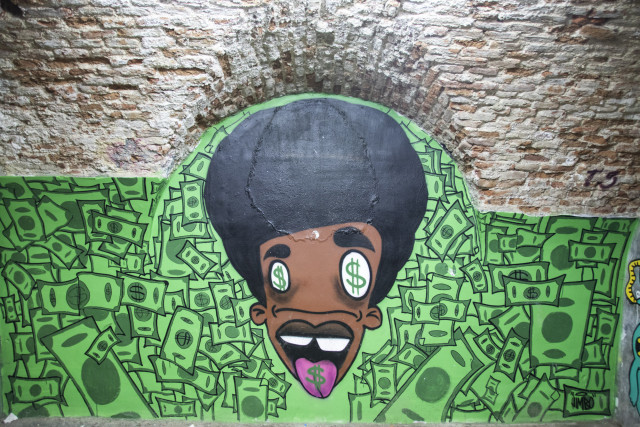
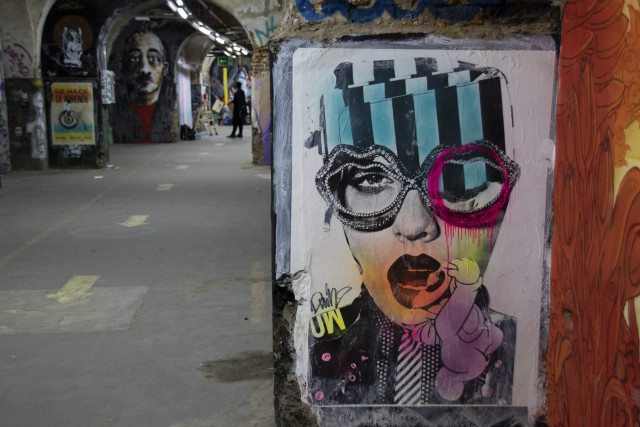
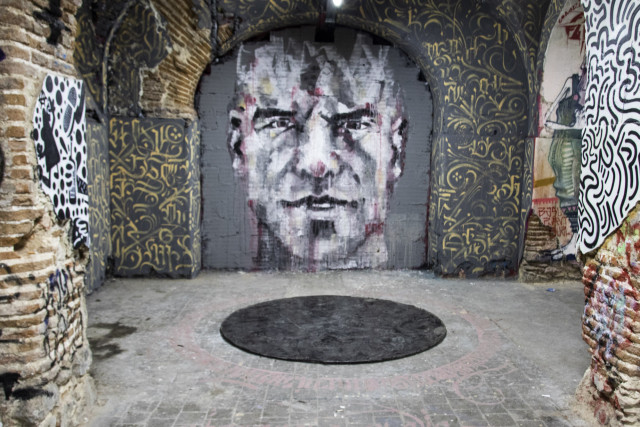
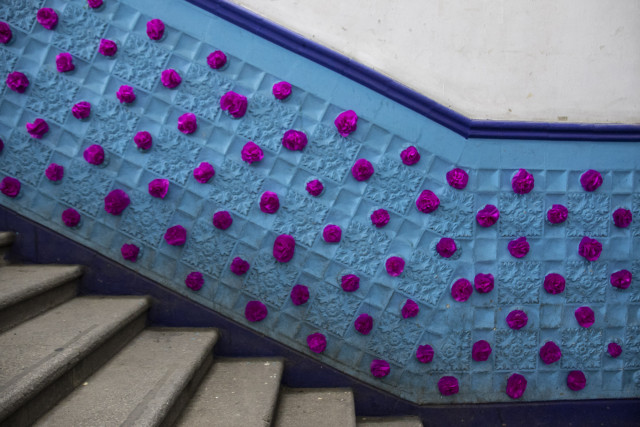
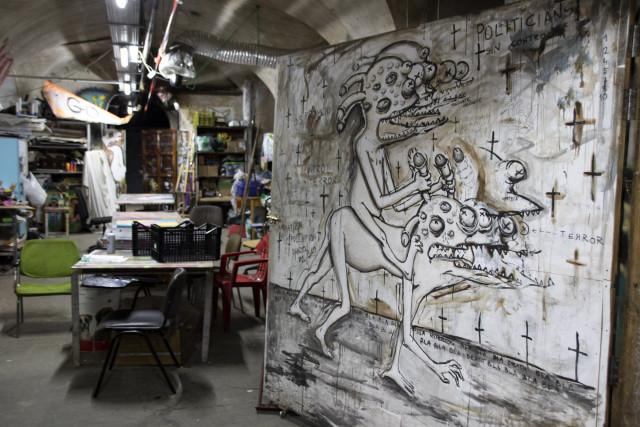
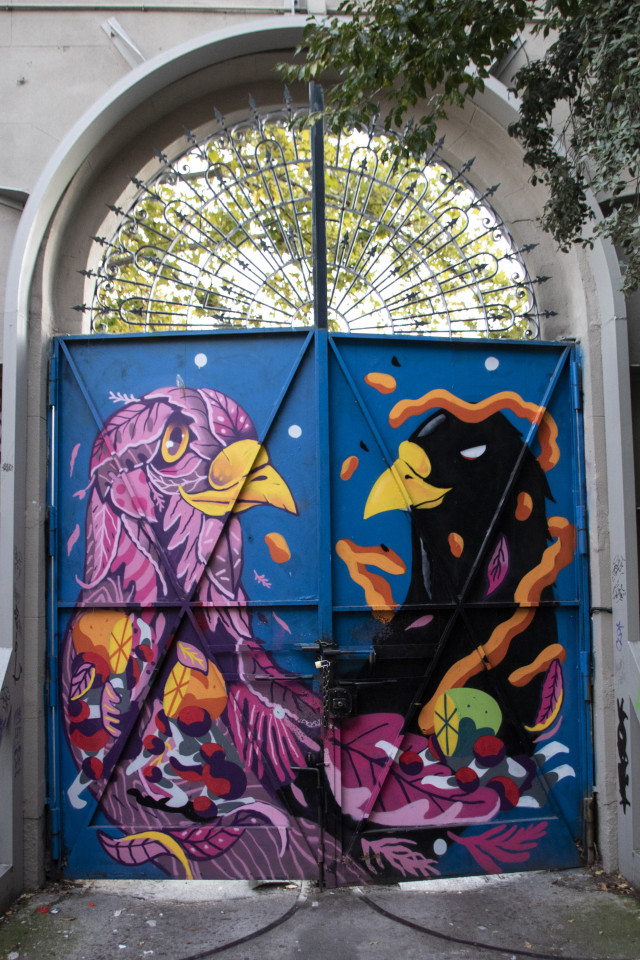
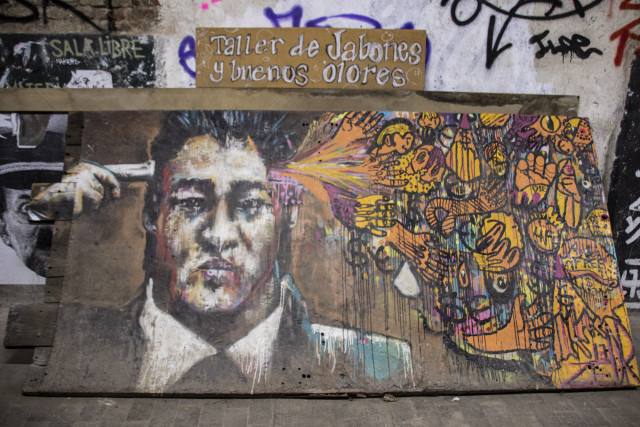
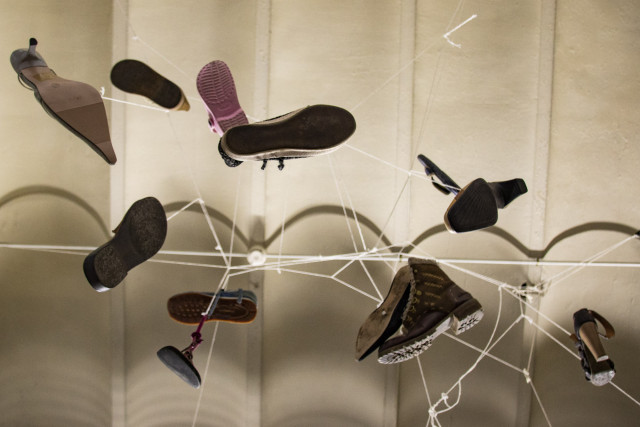
All photos by Lynn Spreadbury / The Local

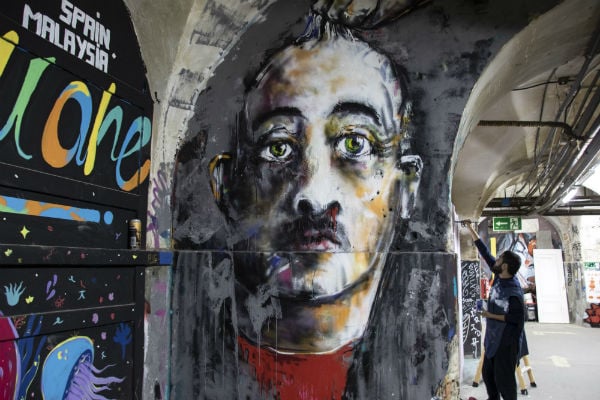

 Please whitelist us to continue reading.
Please whitelist us to continue reading.